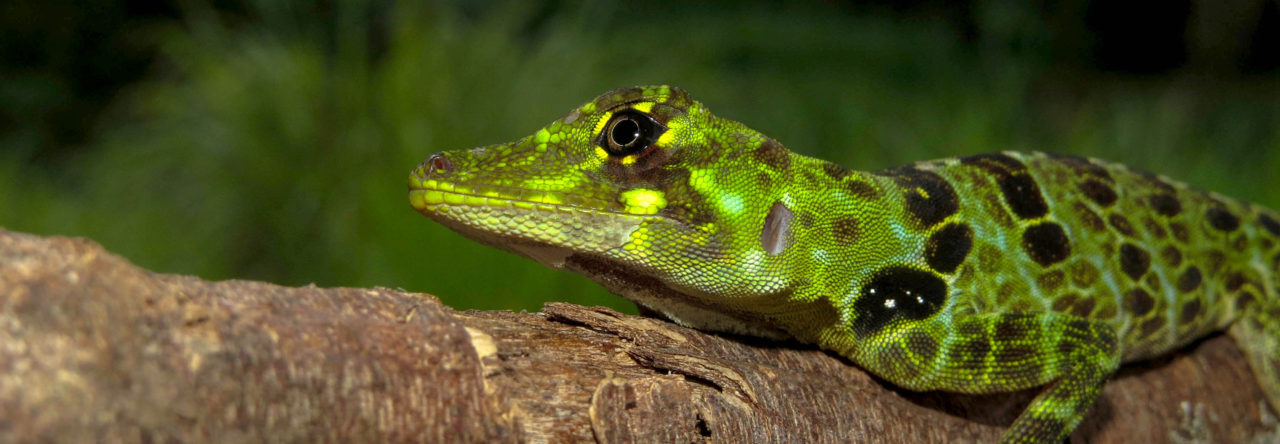Or should we call it dine-dash-and-dewlap? Anole video-chronicler Charles Leeper has provided another view of green anole life around his house. He describes it thusly: I recently captured some anole footage that you might find interesting. In the video, we see the anole repeatedly extending its dewlap after catching the insect. I know dewlap extension is for displaying to a mate and establishing territory, but could it also be a show of triumph or excitement. I ask because there don’t appear to be any other males in sight, and the anole does it immediately after catching the prey.
Latest posts by Jonathan Losos (see all)
- Evolution in Real Time on Lizard Island - March 23, 2025
- Spider Snags Adult Anolis osa - March 22, 2025
- An Homage to the Green Anoles of New Orleans - March 21, 2025


Petra
Could the videographer influence the behavior and make the anole more territorial?
Charles
Petra,
That’s an interesting point; it certainly could be the case – I took the video with my phone so I did have to get within a few yards.
Kurt Schwenk
Wow, great video! There’s a lot going on. First, I agree with Petra that the proximity of a person might be driving some of the behavior. One thing that really struck me—and I’d sure like to hear from people with field experience with anoles about this—is that the anole behaved more like a squirrel than a typical lizard. It grabbed the food and then dashed to a safer place to consume it. In my experience, most lizards eat their prey in situ. Is this behavior typical, or is this also indicative of perceived threat from the videographer? Another interesting thing, which is kind of obvious, but I’ve never seen it before, is that the anole can’t display and process/transport its food at the same time. Given that the hyobranchial apparatus is necessary for both dewlap extension and most tongue movements (in iguanians), there is a functional conflict. The only time the anole transports the food is when it stops displaying. Nice!
Charles
Kurt,
Glad you enjoyed the video! I was lucky to have my phone with me as I happened to walk by and see the anole in hunting mode. Those are all fascinating points you bring up.
Kurt Schwenk
I study lizard feeding in the lab. It is remarkably difficult to document it in the field, so I’m glad you had your camera with you! You’re also lucky to live somewhere with lizards running around your house—we don’t have that luxury in Connecticut…